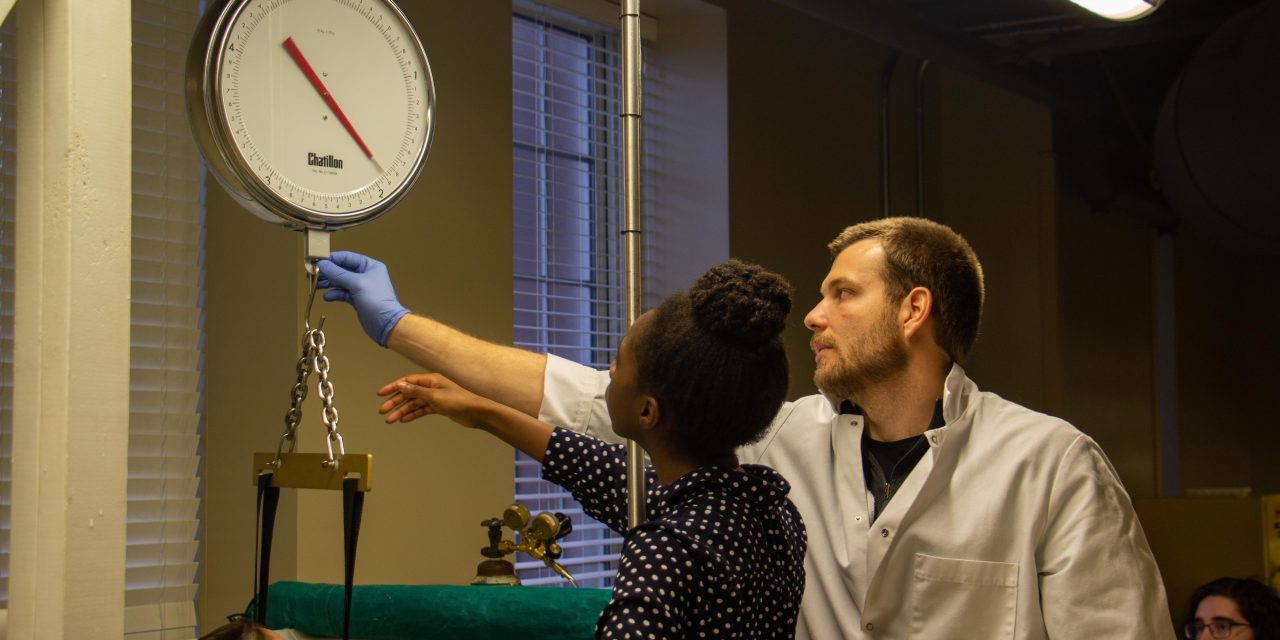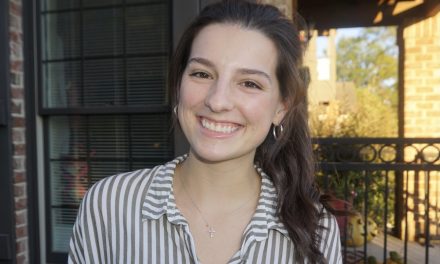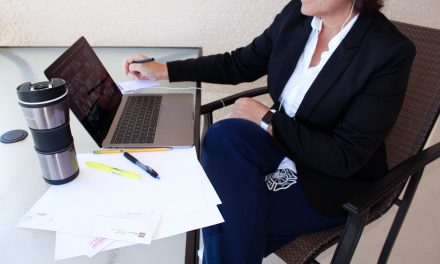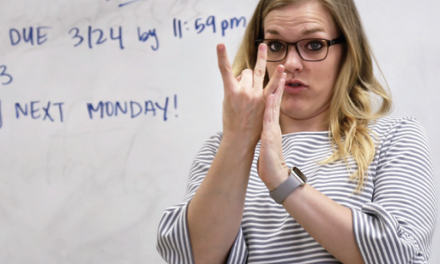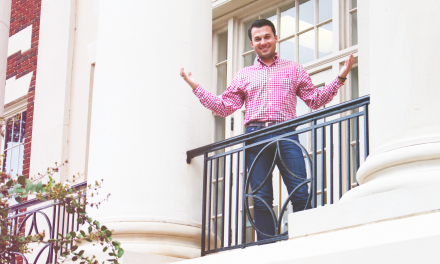How You’re Made
Coming soon – your body in an App
Across campus, undergraduate students are getting priceless hands-on experience by immersing themselves in research. Fueled by curiosity, they are integral parts of their respective teams. In the kinesiology department, this is no different, and their contributions are about to be at the world’s fingertips, available for everyone to see and use.
Jessi Bentley and Melissa Hoffman, both students in the kinesiology lab, got their starts with the Emerging Scholars program, which helps undergraduate students get connected with a faculty member and begin researching. There, they met Dr. Michael Fedewa and Dr. Jonathan Wingo, both professors in the kinesiology department, developed an interest in their program, and their work in the lab began. The undergraduates have separate projects, as Bentley’s first endeavor was looking into celiac disease and how it affects bone growth in children, which has since been published. Right now, however, they are putting their skills together, with professors and graduate students alike, to develop the MADE app.
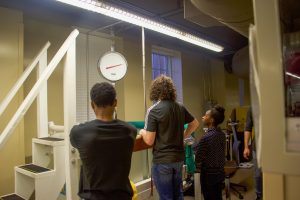
The University of Alabama Kinesiology Lab
The MADE app, which will be able to tell someone their body composition with only a picture, was first thought of around a year ago, a brainchild of Fedewa over one winter break. He brought the idea to the lab, and they hit the ground running, just to see what would come of it. Since then, several hundred participants of all shapes and sizes have come through the lab to lend their bodies to tests and research, all to make this app a reality.
“We have so many people coming in and out that without undergraduate help, we probably wouldn’t be able to run the lab,” Fedewa said.
Many measurements and tests are done on the participants, as the goal is to combine all the mediums of body composition measurement to make the results as accurate as possible. They measure the basics, such as height and weight, and they also measure skin folds to determine where the fat in each participant’s body is stored. After that, they find bone density with a Dexa Scan and do BIS monitoring, sending currents throughout the body to see how fast electricity flows through the fat and water throughout. They also measure buoyancy with an underwater weighing tank, seeing how much air the participant has in their body, and they measure residual volume, the amount of air left in their lungs after exhaling. The last thing they do is take a picture of the participant, seeing how their composition lines up with the shape of their body. All of this together gives them the data they need to make sure the app can tell someone their muscle mass, lean body tissue, adipose tissue, fat mass, and fat-free mass from a single picture and with near-perfect accuracy.
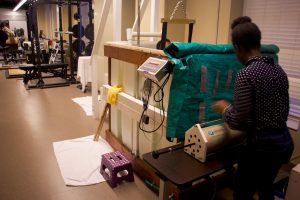
Body composition equipment in the kinesiology lab
“This is really significant, because right now, you could go and get a Bod Pod measurement, which costs a lot of money and isn’t always accurate… Or you could get a Dexa Scan, but that’s even more expensive,” Bentley said. “This is just more convenient. It’s something you put in your pocket and can use all the time.”
The app will let people track any weight loss or fitness progress in real time and on their own time, and it keeps all of the numbers personal, something that could help people more self-conscious in their journey.
It has the potential to be impactful, and as they have more people coming in and offering their expertise they need in a variety of areas, such as technology and physics, they are starting to see their work and the project coming to fruition.
“Constantly seeing these ideas manifest into things that you want or into things you never thought they would is cool,” Hoffman said. “Because we never thought it would actually become an app. Then it happened, and it became bigger than all of us.”
The app was expected to be available sometime in 2020, but for now, the professors and students’ excitement for it show its importance. It’s new, different, and is being crafted by people with passion for the subject and final product.
“This is so hands-on, and we’re doing it all ourselves in our own lab,” Bentley said. “It’s my favorite thing I’ve done.”

